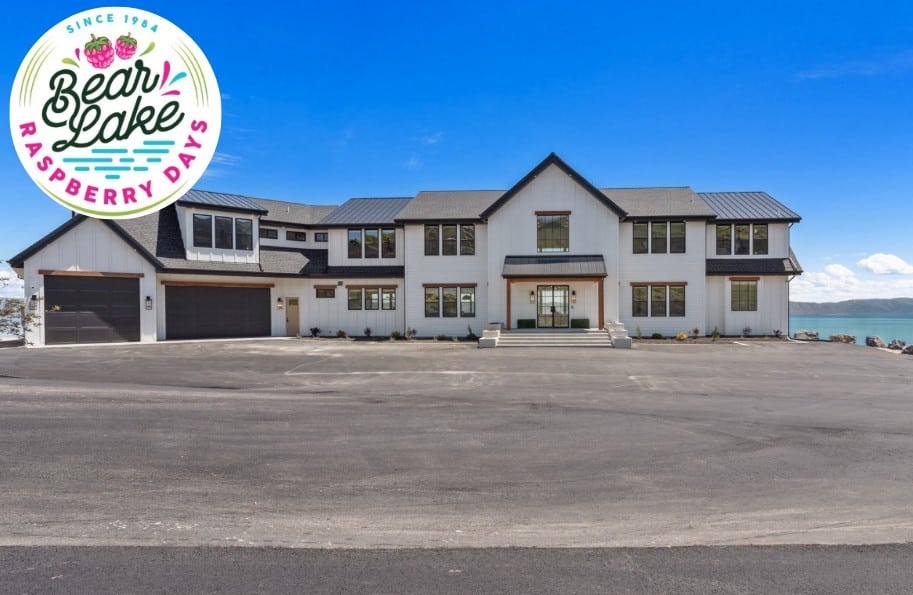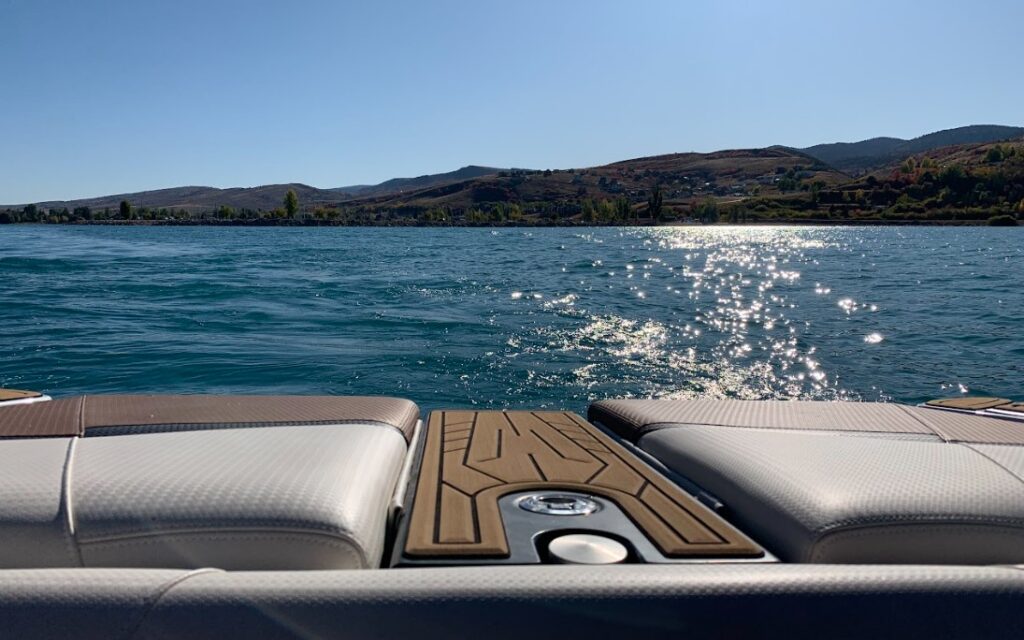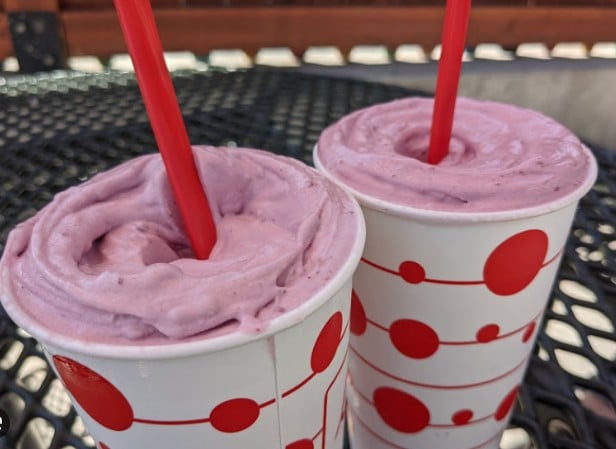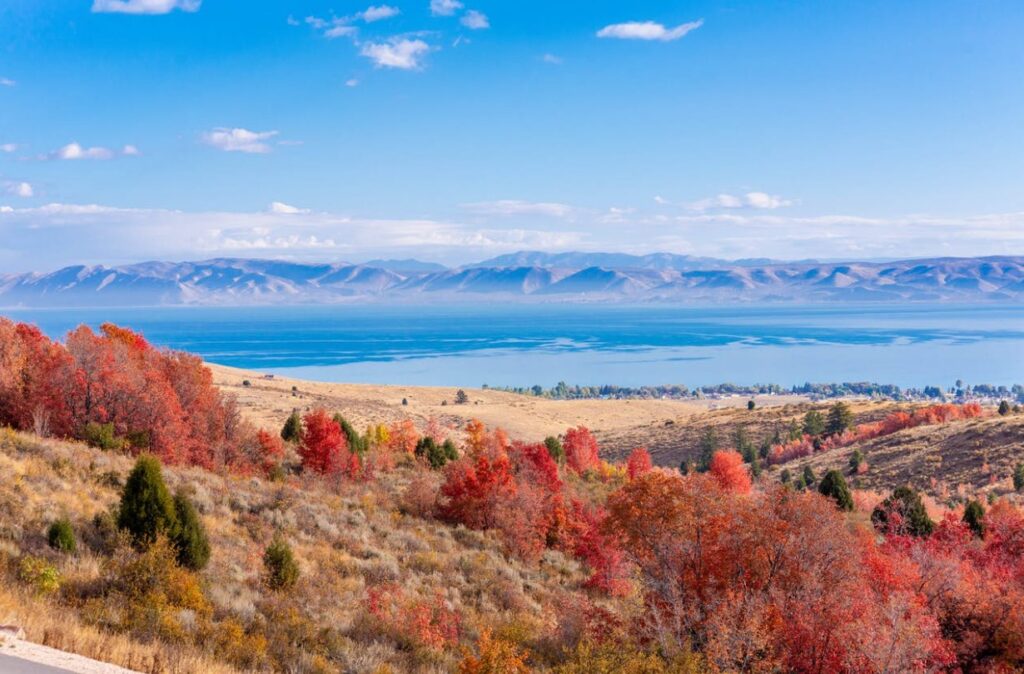
Why Bear Lake Is the Ultimate Thanksgiving Destination
For many families, Thanksgiving is the most meaningful holiday of the year—a time to gather, give thanks, and share unforgettable meals together. But instead of squeezing everyone into one home, imagine spending the holiday surrounded by the turquoise waters and snow-dusted mountains of Bear Lake.
With luxury vacation rentals designed for families and groups, Bear Lake offers the perfect balance of comfort, space, and breathtaking scenery. It’s the kind of destination where your Thanksgiving traditions can thrive—and new ones can be born.
Spacious Bear Lake Rentals Built for Gatherings
Our Bear Lake luxury vacation rentals are more than just a place to stay—they’re designed with togetherness in mind. Here’s why they’re perfect for Thanksgiving:
- 🍽️ Gourmet, Chef-Ready Kitchens – Fully equipped for cooking a full holiday feast.
- 🛋️ Large Living Rooms – Perfect for football, games, and movie marathons.
- 🛏️ Multiple Bedrooms – Everyone has their own cozy retreat.
- 🔥 Fireplaces, Hot Tubs & Firepits – Stay warm while enjoying the mountain air.
- 🏡 Spacious Dining Areas – Gather around the table with room for the whole family.
Whether you’re hosting a family of five or a reunion of twenty-five, there’s a Bear Lake rental that fits your needs.
Elevate Your Thanksgiving Traditions

The beauty of celebrating Thanksgiving at Bear Lake is that your holiday traditions fit perfectly into the setting—while taking on a whole new level of magic:
- 🌄 Start the day with a hike or lakeside stroll to work up an appetite.
- 🏈 Play a backyard football game with the lake as your backdrop.
- 🎥 End the night with a holiday movie marathon by the fire.
- 🔥 Gather outdoors for s’mores, hot cocoa, and stargazing.
Here, it’s not just Thanksgiving dinner—it’s a holiday retreat filled with experiences your family will cherish.
Things to Do Around Bear Lake During Thanksgiving
Beyond the feast, Bear Lake offers plenty of activities for all ages:
Outdoor Fun
- Scenic hikes on The Limber Pine Trail, The Laketown Canyon Trail, Sink Hollow Trail, The North Fork of Saint Charles Canyon Trail, and Steam Mill Hollow in Logan Canyon.
- Crisp morning walks or bike rides along the shoreline.
- Early-season snow? Try snowshoeing or cross-country skiing.
Local Flavor
- Pick up locally made pies, and breads for your table.
- Shop Garden City boutiques for holiday gifts and décor.
Relax & Reconnect
- Soak in a hot tub with mountain views.
- Host a game night or tournament in your rental.
- Take family photos against stunning lake and mountain backdrops.
Thanksgiving at Bear Lake gives you the chance to combine holiday traditions with outdoor adventure and relaxation.
Availability Is Limited for Thanksgiving
Thanksgiving is one of the most popular times of year at Bear Lake, and our luxury rentals sell out quickly. Families return year after year because they know that nothing compares to celebrating Thanksgiving here.
👉 If you’re dreaming of a Bear Lake Thanksgiving getaway, don’t wait. Book early to secure your spot before homes are gone.
FAQs About Thanksgiving at Bear Lake
Q: Can I cook a full Thanksgiving dinner in the rentals?
Yes—our gourmet luxury kitchens are fully equipped with ovens, stovetops, cookware, and plenty of counter space.
Q: Are grocery stores nearby?
Yes. Garden City has local grocery options, with larger supermarkets just a short drive away. Delivery options are also available.
Q: What’s the weather like in late November?
Expect cool days and chilly evenings—sometimes with early snow. Cozy up in front of fireplaces, or experience beautiful starry nights in a hot tub.
Q: Do the rentals work for large groups?
Yes—whether you’re planning a small gathering or a large family reunion, we have homes that accommodate groups of all sizes.
Make Thanksgiving 2025 One to Remember

Skip the stress of hosting at home. Instead, bring your family to Bear Lake Luxury Rentals, where the setting, space, and amenities create the perfect backdrop for your Thanksgiving traditions.
📅 Availability is limited—book your Bear Lake Thanksgiving rental today and give your loved ones a holiday they’ll never forget.












